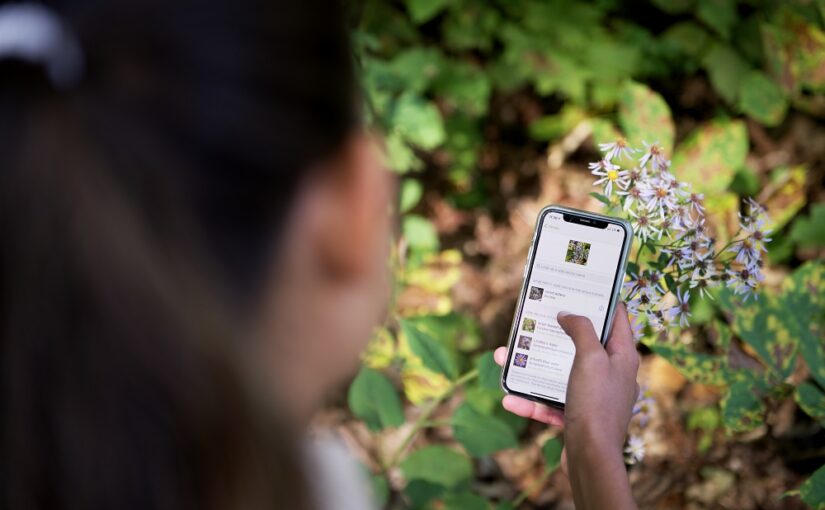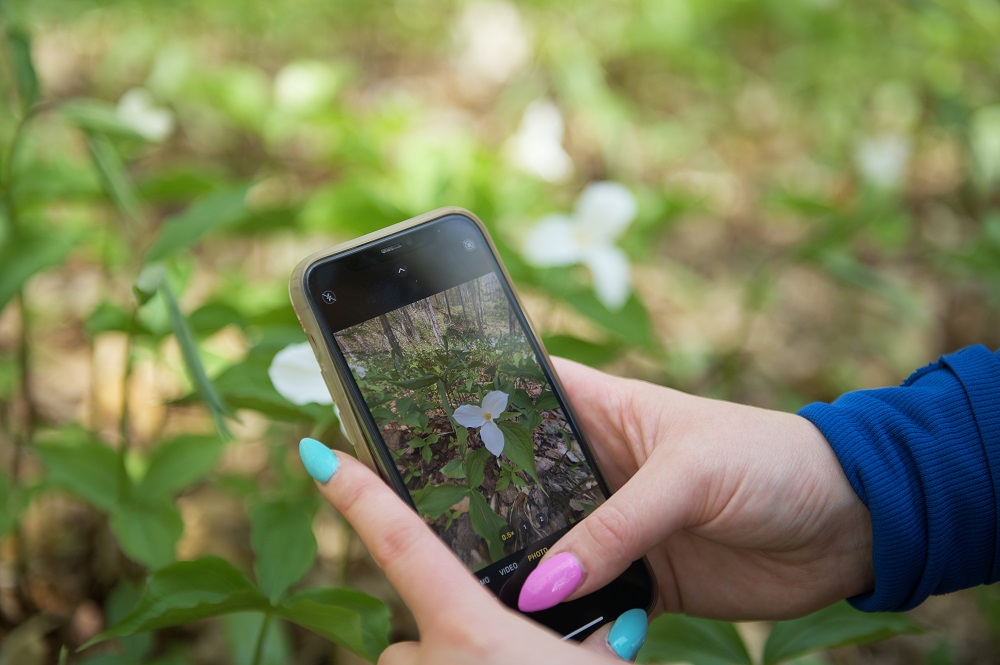Cellphones have changed our lives in many ways. It seems like there’s an app available to cater to our every need, from baking to banking and all things in between.
At Ontario Parks, we generally encourage green time over screen time, however there’s one app we believe every visitor should have on their phone.
Making nature digital
It’s called iNaturalist. It’s free, and it lets you connect, share, and discover the amazing diversity of your park with a few clicks. And, even more importantly, that information helps your park be managed better.
To date, over 11,000 people have contributed over 500,000 records to help build our knowledge of the flora and fauna in Ontario Parks by using iNaturalist to snap and share pictures of animals and plants.
And some really, really cool things have been discovered.
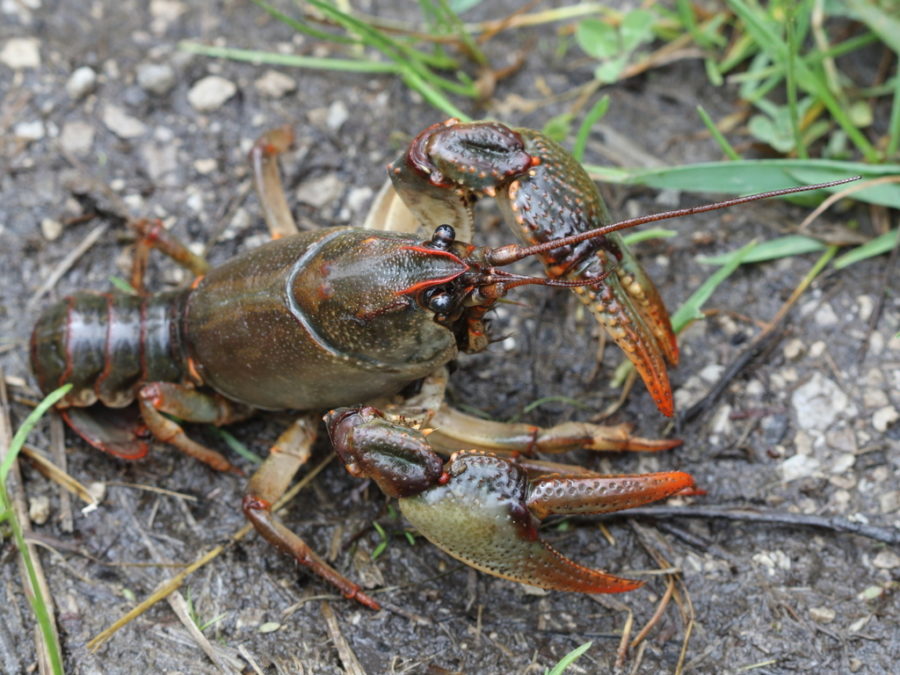
Colin Jones, a Provincial Arthropod Zoologist with Ontario’s Natural Heritage Information Centre, used iNaturalist to report a crayfish he found in Ojibway Prairie Provincial Park. However, it wasn’t an ordinary crayfish — it turns out it was a Paintedhand Mudbug, a species of crayfish never before reported in Canada!
Visitors to Algonquin Provincial Park were quick on the draw when a Canada Lynx darted across the Old Railway Bike trail — they managed to snap a picture and submit the record to iNaturalist. Lynx are extremely rare in southern Ontario, and this record was one of the first confirmed records for Algonquin in recent history.
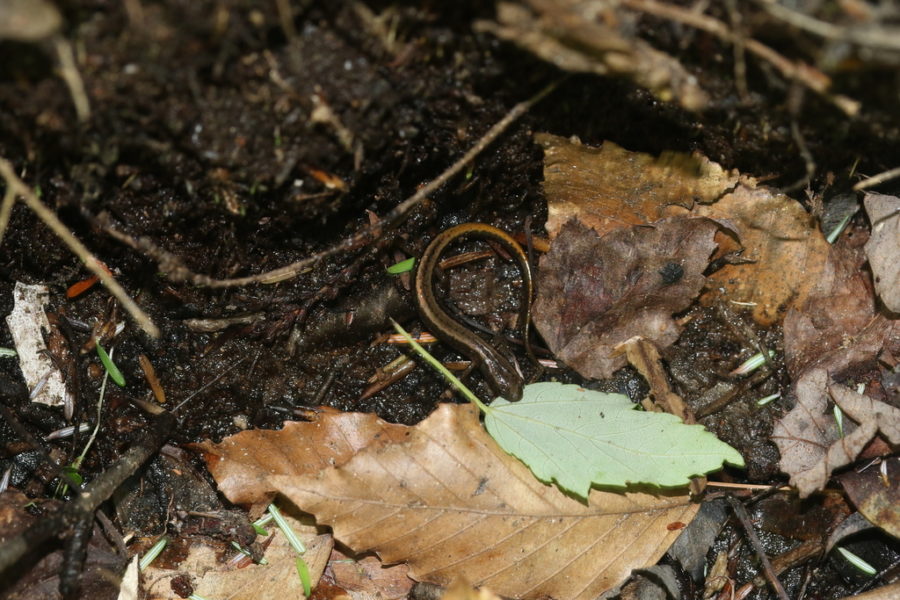
Countless other species that were previously unknown from park inventories have been discovered and catalogued thanks to this tool. The Northern Two-lined Salamander was one that was recently reported in Silent Lake Provincial Park. With salamanders in decline all over the world — this new record will be helpful tracking the impact of climate change and disease on these important species.
How to get started
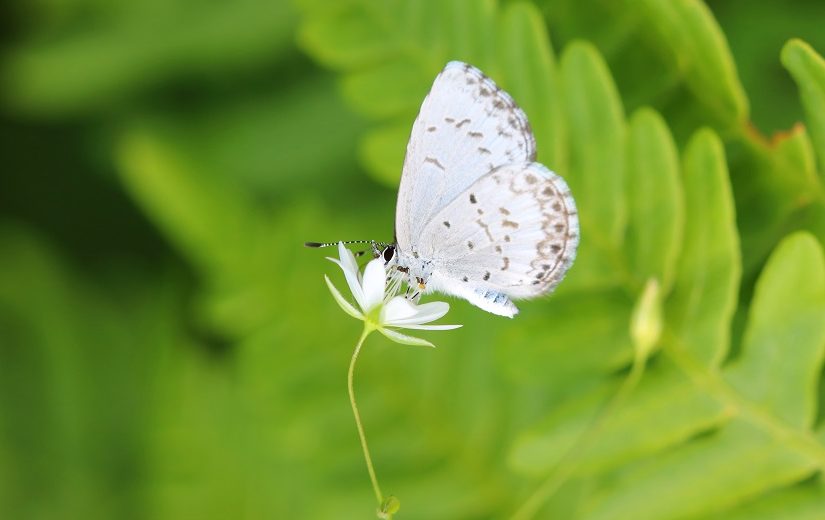
Perhaps the most exciting thing about iNaturalist is that you don’t need to be an expert. It connects you with experts all around the world.
A weird moth? A strange flower? An invasive species? You can use this app to get an identification and improve knowledge of biodiversity with nothing but your fingertips and your phone!
Getting started is easy:
- Download the iNaturalist app on your iPhone or Android, or visit the website on your computer.
- Create your own account.
- Using your smartphone, take pictures of wildlife and plants.
- Add in details about what you spotted. Tip: Keep your GPS on for instant tracking, it works offline too.
- Save and upload your observation.
- DONE! Check back to see if the iNaturalist community has identified your picture or commented.
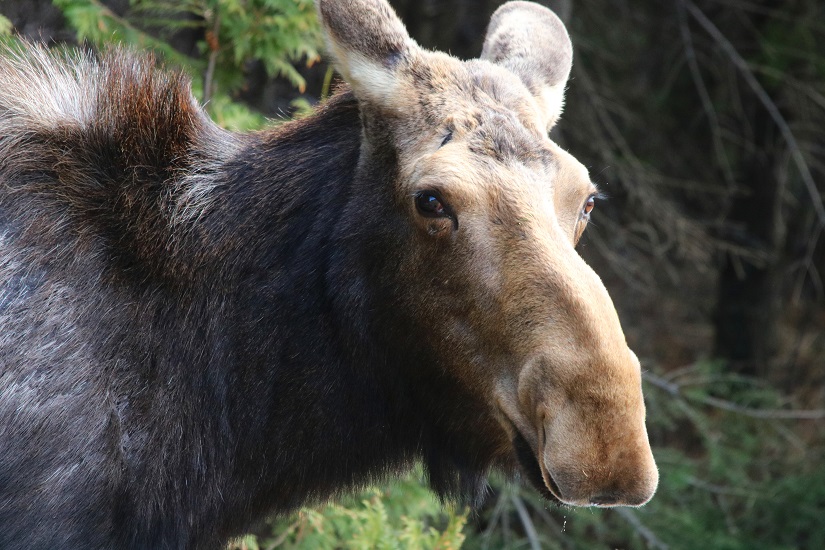
Follow the Ontario Parks iNaturalist project for up-to-date wildlife sightings.
You can also join the Natural Heritage Information Centre’s Rare Species of Ontario project and share your species at risk sightings with our provincial species experts.
We can all help learn about these special places. What will you discover? The next Mudbug? A new population of plants or animals?
Download the app and start your exploration!
Please respect wildlife and park regulations while exploring. See some great tips about how you can use your phone or camera responsibly in parks.
